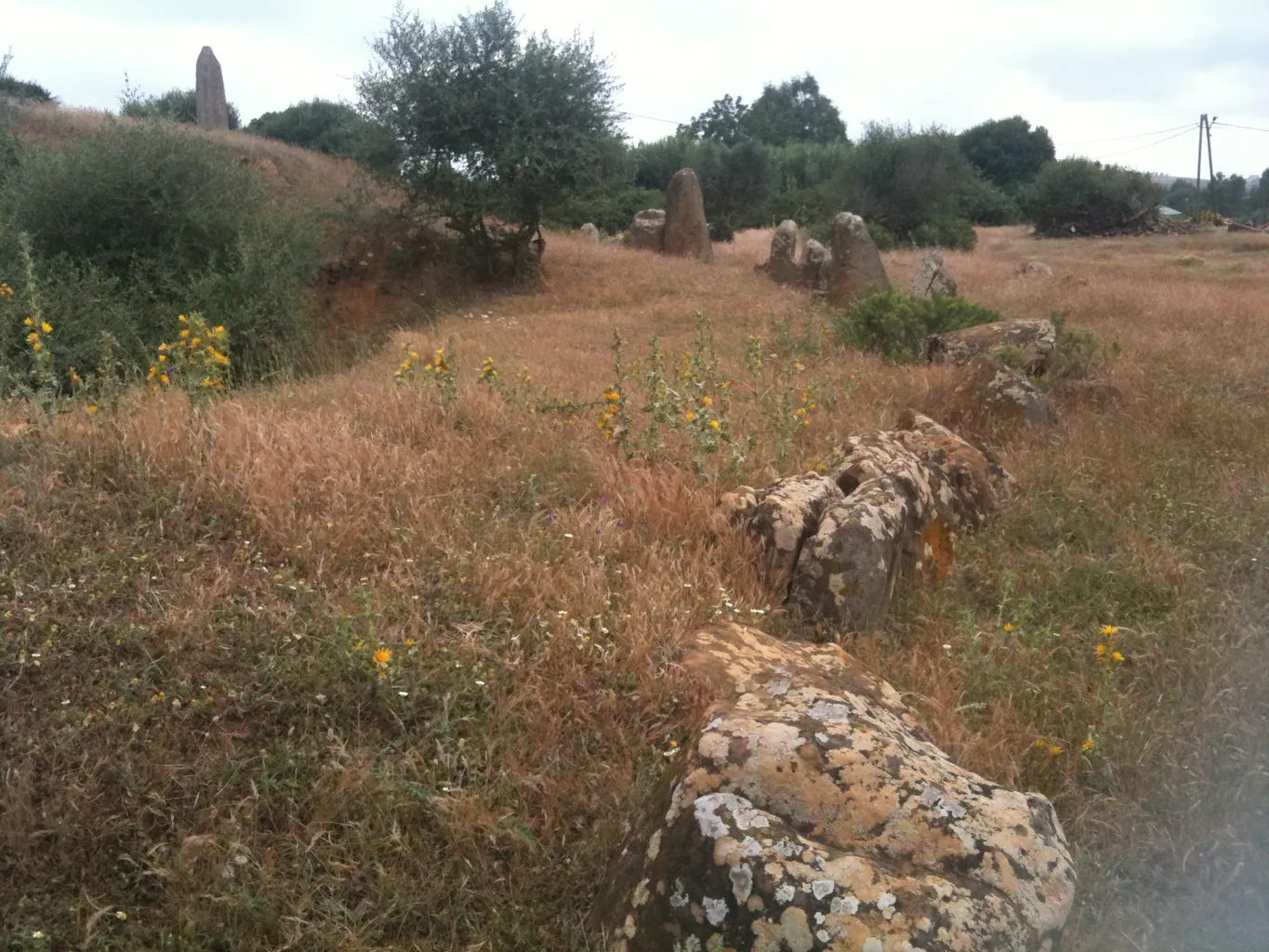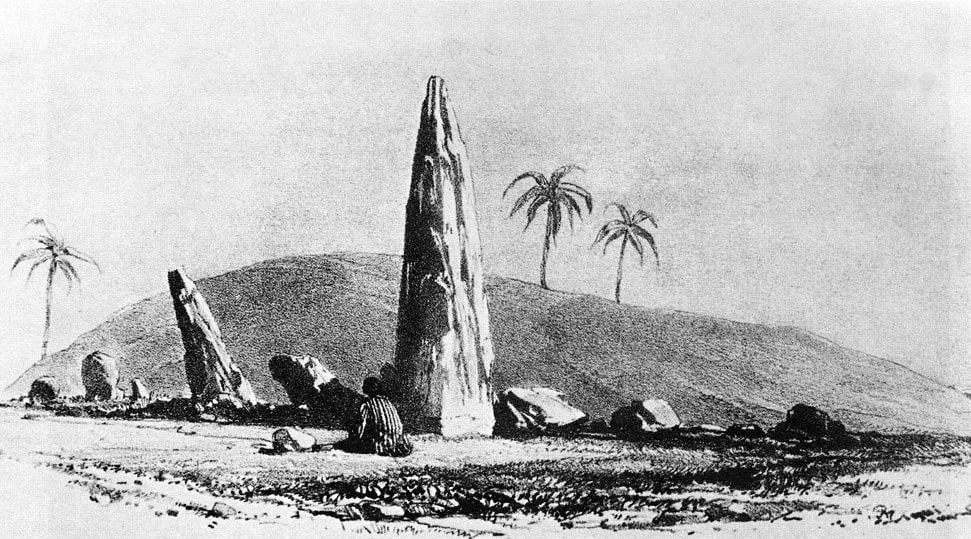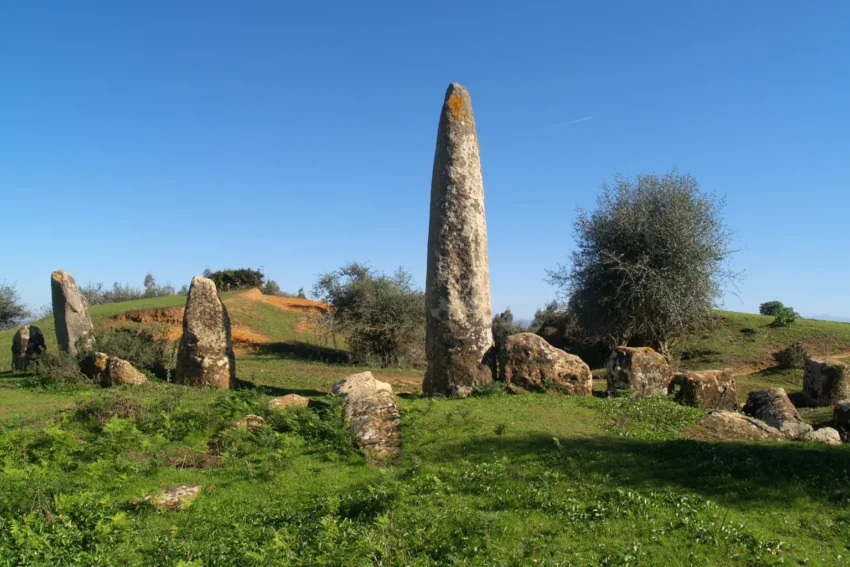Discovering Msoura: Morocco’s Mysterious Stone Circle
Nestled in northern Morocco lies an enigmatic archaeological gem: the stone circle of Msoura, also known as Mzoura. Just 15 kilometers southeast of Asilah, near Chouahed village, this site boasts 167 monoliths encircling a tumulus. The tumulus itself measures 58 meters in length, 54 meters in width, and reaches a height of 6 meters. Among these monoliths, one, known as El Uted or “the peg,” stands over 5 meters tall, while the average height of the others is around 1.5 meters. Legend has it that this is the tomb of the giant Antaeus, hinting at the origins of the Kingdom of Mauretania around the 4th or 3rd century BC.
Get your dose of History via Email
Historical Significance
Msoura’s history intertwines with legend and ancient tales. Located about 50 kilometers from Tangier, the ancient city of Tingis, the burial site could be the same one shown to Roman general Quintus Sertorius by locals in 82 BCE. According to Greek-Roman biographer Lucius Plutarch, Sertorius found the body of Antaeus, son of Gaia and Uranus, buried there. Antaeus, famous in Greek mythology and slain by Heracles, added an aura of mystique to the site. Although this story’s authenticity remains questionable, it underscores the reverence ancient North Africans had for their ancestors.

The Msoura Monument
This monument lacks mention in most ancient texts, except for the subtle reference in Plutarch’s “Parallel Lives.” In 1831, British adventurer Arthur de Capell Brooke sketched and described the site in his book “Sketches in Spain and Morocco.” French author and geologist Émilien Renou mentioned it in 1846, followed by French geologist Gustave-Marie Bleicher in 1875, who provided a detailed description. In 1932, Franciscan priest Henry Koehler chronicled the monoliths surrounding the tumulus.
Excavation Efforts
Spanish archaeologist César Luis de Montalban began excavating Msoura in 1935, but his work halted due to his arrest during the Spanish Civil War. His findings, unfortunately, were never published. Later excavations in the 1950s by Miquel Tarradell revealed another smaller stone ring with 16 monoliths nearby. Initial theories suggested a connection to Stonehenge and similar European structures, but Tarradell and Gabriel Camps later debunked this. They concluded that the site was a burial ground for a Mauri chief, created by local inhabitants using indigenous knowledge.
Artifacts found in the mound, such as amphora, date the site to around the 4th or 3rd century BC. Camps and other researchers believe that the Msoura cromlech and similar structures represent the emergence of a significant confederation or kingdom in northwest Morocco.

The Current State
Today, the site bears the scars of past excavations. De Montalban’s work left an X-shaped mark on the surface, visible even now. Despite this, Msoura continues to intrigue and attract those curious about its storied past.
In summary, Msoura is not just an archaeological site; it’s a testament to the rich tapestry of history, myth, and culture in northern Morocco. The stone circle remains a silent witness to the ancient civilizations that once thrived there.
Sources:

